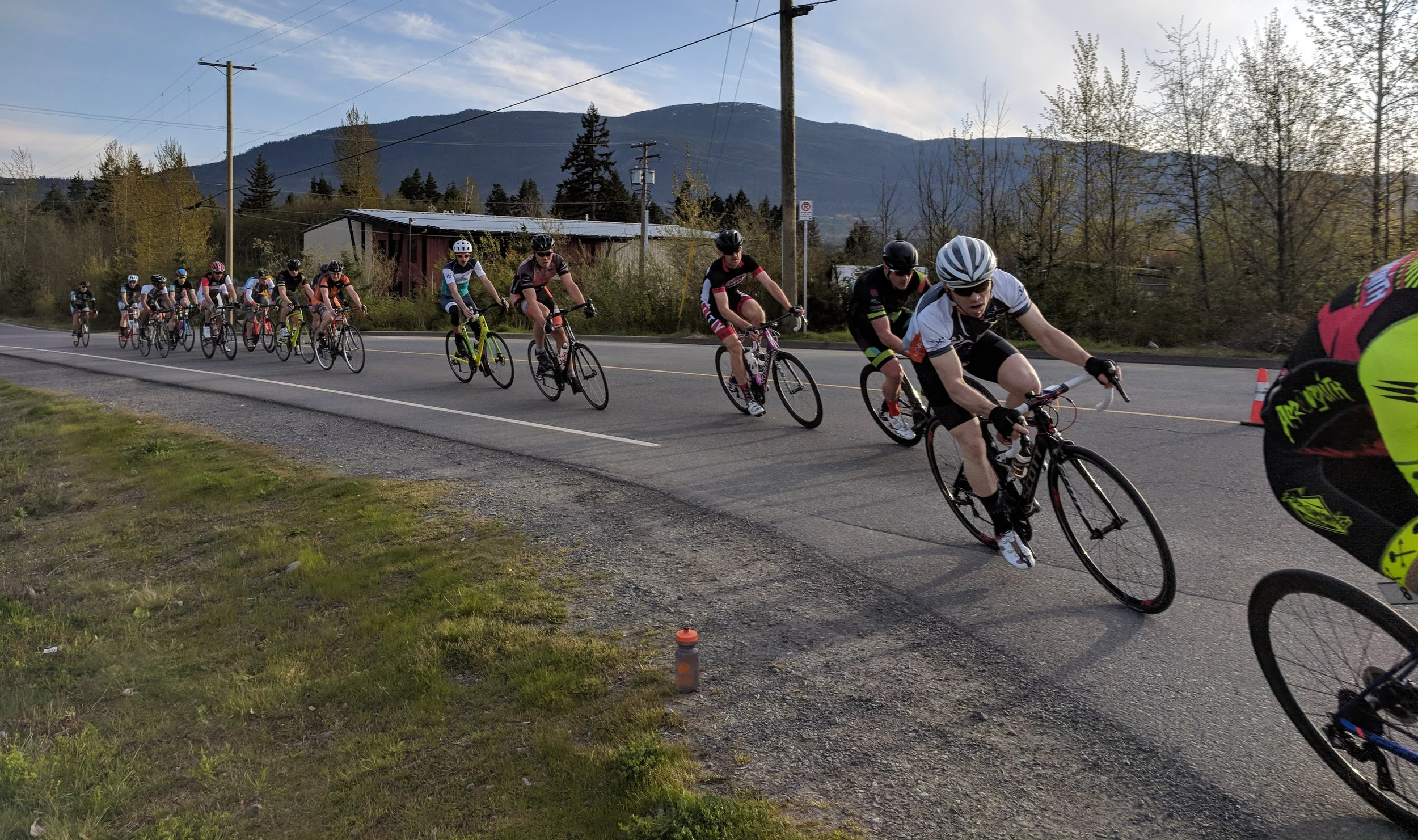It has long been recognised that mental fitness in an athlete is just as important as physical fitness but, until comparatively recently, there was no formal strategy to help athletes in this area. We reprint the following article for readers' consideration.
Canadian Sport for Life is excited to add "Mental Fitness for Long-Term Athlete Development" to its growing list of pan-sport resources. The document, written by a team of experts led by Karen MacNeill, Ph.D., explains that mental fitness is just as necessary for success in sport as physical fitness or technical comprehension. The messages and activities highlighted in the article align with Long-Term Athlete Development (LTAD) and address how athletes, coaches, and parents can aid the mental development of athletes at each stage of LTAD.
Success in sport requires athletes to push their physical limits of endurance, power, speed, and strength. Athletes must be technically sound and tactically aware in order to achieve best results. As determined in "Mental Fitness for Long-Term Athlete Development", so too must these athletes train and push themselves in the areas of focus, composure, and determination. The article states that 40 to 90 percent of success in high-performance sports is accounted for by mental factors, and that these mental factors must be trained and tested throughout an athlete’s career.
The resource outlines expected outcomes of mental training, which has many facets: stress management, self-talk, goal-setting, and focusing distraction control among others. "Mental Fitness for Long-Term Athlete Development" frames the various mental fitness activities athletes should practice for each LTAD stage, clearly stating whether the activity targets the pre-performance, performance, or post-performance phase."Mental Fitness for Long-Term Athlete Development" is available electronically for download at canadiansportforlife.ca.
Canadian Sport for Life is a movement to improve the quality of sport and physical activity in Canada. CS4L links sport, education, recreation, and health and aligns community, provincial, and national programming. Long-Term Athlete Development is a seven-stage training, competition and recovery pathway guiding an individual’s experience in sport and physical activity from infancy through all phases of adulthood. CS4L, with LTAD, represents a paradigm shift in the way Canadians lead and deliver sport and physical activity in Canada.
Reprinted from Canadian Cyclist
 participating in social/recreational no-drop bike rides in the Nanaimo area. Everyone (they have no age limit) is welcome to join them on any of their rides. They are not racers and slow riders are more than welcome (hence the name). Their mission is to ride and then ride some more.
They normally have at least two to three rides per week on Friday, Saturday, and Sundays and also do an invaluable job helping the Hub City Bicycle CO-OP to keep their store in order. Contact them at www.slowspokes.ca
participating in social/recreational no-drop bike rides in the Nanaimo area. Everyone (they have no age limit) is welcome to join them on any of their rides. They are not racers and slow riders are more than welcome (hence the name). Their mission is to ride and then ride some more.
They normally have at least two to three rides per week on Friday, Saturday, and Sundays and also do an invaluable job helping the Hub City Bicycle CO-OP to keep their store in order. Contact them at www.slowspokes.ca


 There are many references on the web to bicycle roller racing but to many, the term is a mystery. Roller racing is a competition among two, three or more riders on stationary bikes. These can be on sets of rollers, where the riders must balance their machines and ride as fast as possible at the same time, sometimes, with the aid of holders who keep them from falling. A second option is to use the same rollers with fork stands and a third, increasingly popular option is the use of home trainers.
There are many references on the web to bicycle roller racing but to many, the term is a mystery. Roller racing is a competition among two, three or more riders on stationary bikes. These can be on sets of rollers, where the riders must balance their machines and ride as fast as possible at the same time, sometimes, with the aid of holders who keep them from falling. A second option is to use the same rollers with fork stands and a third, increasingly popular option is the use of home trainers. Gabriola Cycle and Kayak has organised some great cycling tours over the years. To see their offerings for 2013 go
Gabriola Cycle and Kayak has organised some great cycling tours over the years. To see their offerings for 2013 go